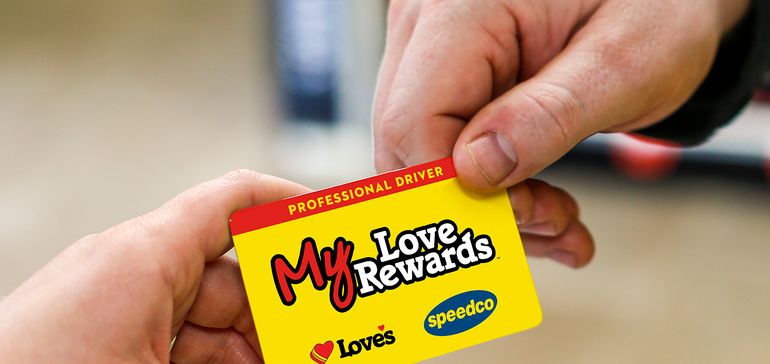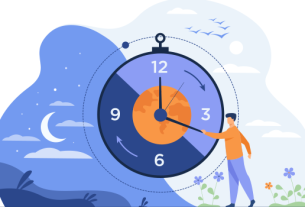Back to Basics is a monthly series that outlines how c-store operators can get valuable new services up and running.
Loyalty programs are quickly becoming one of the core staples of convenience stores, as c-store loyalty members spend about 38% more on average than non c-store loyalty members, according to customer experience vendor Paytronix. Additionally, c-store loyalty members increased their fuel visits by about 8% from 2020 to 2021.
Even as the ripple effects from inflation continue to strain c-store operators’ finances, one area that’s not getting pinched is loyalty.
“Everybody’s looking to reduce budget, but the one area I’m hearing [c-stores] are not reducing investment is loyalty and investment in customer data,” Jeff Hoover, director of strategy and data insights for Paytronix, said in an interview.
While “most major players” already have loyalty programs up and running, smaller retailers may be “a little behind the game,” Hoover said. For them, loyalty will be a critical area to invest in moving forward, he said.
Here are some tips for developing a successful loyalty program, from developing a strong concept to ensuring it thrives down the road.
Developing a value proposition
Retailers getting started with their first loyalty program need to first think of the backbone of that program, the value proposition, which should be simple and easy for both employees and customers to understand, Hoover said.
While it’s necessary for smaller retailers when starting out, a simple concept can also be useful for bigger retailers who haven’t seen consistent results within their loyalty program.
“A lot of [retailers] try to launch a complex program, and no one can explain it,” Hoover said. “You need a simple reward mechanism.”
A great example of a retailer doing this, Hoover said, is QuickChek — a 150-store chain owned by Murphy USA — whose loyalty program is centered around customers receiving a $5 reward for every $50 they spend. This program is simple and presents clear value to customers, he said.
“Focus on the mechanism that’s valuable and explain that to the customer,” he said.
But what should retailers do if they can’t think of a simple value proposition for their program? Surveying customers about other loyalty programs they’re currently part of, what they like and dislike about those programs and what they value in a loyalty program can help, Hoover said.
“Think about your competition and the programs they provide and what consumers like about them,” he said. “A lot of [your program] is going to be based on your ability to execute and who you’re competing with.”
Getting customers — and employees — to participate
Once a value proposition is created and the program is ready to launch, it’s all about getting members to sign up — and retailers should cast as wide a net as possible, Hoover said. In a program’s first year, retailers should spend 80% of their time on increasing participation, according to Paytronix.
To get people to sign up for loyalty programs, retailers must present a reason for them to do so, Hoover said, and offer a way for people to identify themselves as loyalty members every time they visit, whether they’re at the pump or inside the store.
Retailers should also encourage employees to enroll in the program. This can spark customer participation by enabling staff to explain the program’s qualities and benefits, Hoover said. Retailers can even incentivize employees with additional perks for joining the program.
“We want employees to participate, and often see companies with employees participating perform much better,” Hoover said. “[Employees] can talk about the program, because they’re in the program.”
Hoover noted that having employees engage customers at checkout and asking them if they’re in the program and giving a brief rundown of its benefits — which “shouldn’t take longer than three seconds” — can improve participation.
“This doesn’t have to be complicated,” Hoover said. “A lot of [retailers] come in wanting the silver bullet, but that’s not what it’s about. The details are in the execution and participation.”
Have a team or individual own the program
When it comes to running a loyalty program, Hoover suggests making it the sole priority of a team or one individual.
“You have to have a dedicated person to focus on loyalty,” he said. “You can’t have your marketing or social media person [run it] — you need someone to own it and make it top of mind.”
It’s these individuals who, once the program has taken off, must ensure the program keeps growing, which means tracking performance at the store level. This is done through identifying and addressing various key performance indicators, such as the percentage of loyalty transactions per store.
Besides tracking performance, the brands that win in loyalty are those who invest in artificial intelligence to boost their first-party customer loyalty data, Hoover said. Having more refined data lets retailers conduct “tighter due diligence” and deliver better value back to customers through personalized offers.
“Even within loyalty, how do we make the reward cost in our program much smarter, and how can data help us do that?” Hoover said.



